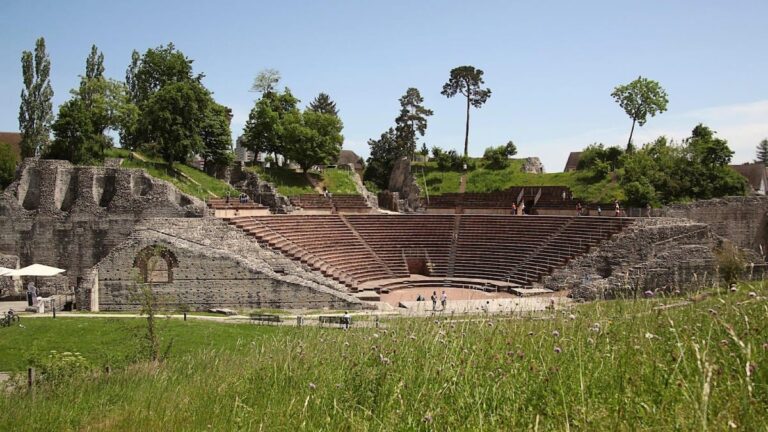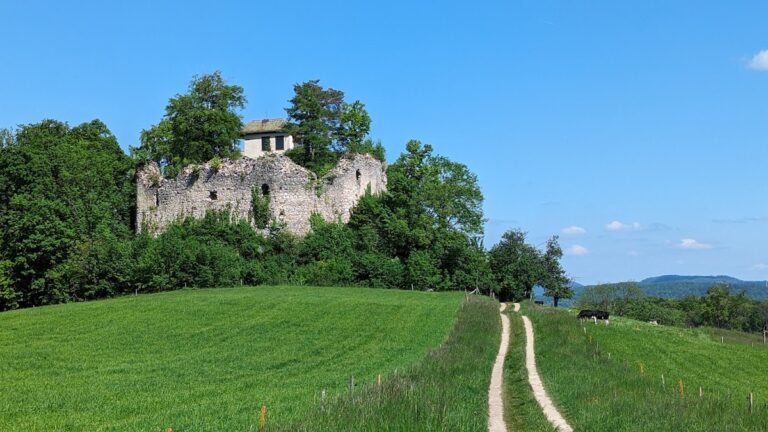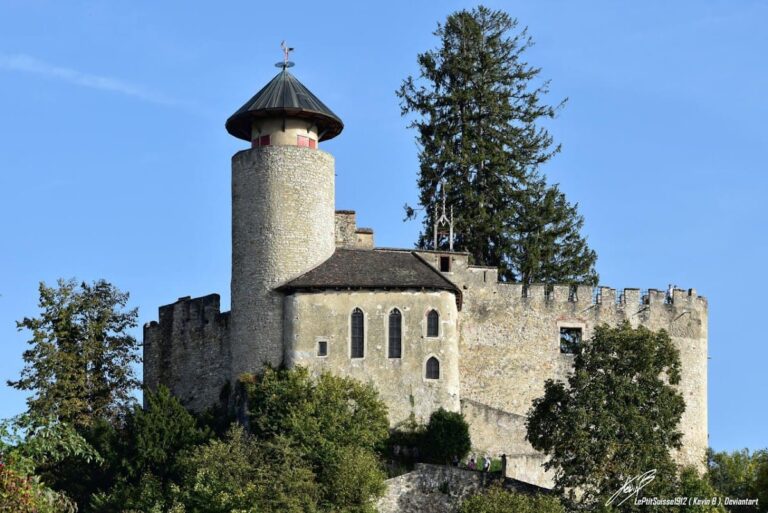Inzlingen Castle: A Historic Water Castle on the German-Swiss Border
Visitor Information
Google Rating: 4.5
Popularity: Low
Google Maps: View on Google Maps
Official Website: www.inzlinger-wasserschloss.de
Country: Germany
Civilization: Unclassified
Remains: Military
History
Inzlingen Castle stands in the village of Inzlingen, situated near the border between Germany and Switzerland. Its precise origins are somewhat unclear, but it is associated with the noble culture of southwestern Germany and the Basel region during the late Middle Ages and early modern era.
The earliest recorded ownership of the castle dates back to the early 16th century, when documents from 1511 identify it as the property of Dr. med. Peter Wölfflin. However, more recent scholarship suggests that the site was already known around 1470 and closely linked to the Reich von Reichenstein family, a noble lineage influential in the area. This family received the rights of high justice over Inzlingen in 1394 from Margrave Rudolf III of Hachberg-Sausenberg, establishing their authority over the village and its environs. Members of the Reich von Reichenstein family held important positions in nearby Basel, including the roles of prince-bishop, multiple mayors, and a university principal.
Around the year 1400, the castle likely began as a fortified residence featuring an angled layout with economic buildings supporting domestic and agricultural functions. During the 16th century, a moat was added around the structure, but contrary to traditional defensive motives, its purpose was decorative, inspired by then-fashionable Dutch designs rather than as protection against artillery.
The castle underwent a series of significant construction and remodeling phases over the centuries. The first major expansion occurred between 1563 and 1566, laying the foundation for its later appearance. From 1674 to 1745, the castle was transformed to adopt Baroque stylistic elements, reflecting the tastes of the period. Around 1750, the interior received an elaborate Rococo makeover, incorporating richly detailed stucco work, paneled walls, decorative door frames known as overdoors (supraporten), tiled stoves for heating, and finely crafted inlaid floors.
After several centuries under the Reich von Reichenstein family’s possession, the castle was sold in 1819 or 1820 for 19,000 Gulden. Its use shifted dramatically when it was converted into a factory for weaving silk ribbons, marking a transition from noble residence to industrial purpose. Following this phase, the building served as a farmstead, maintained for roughly a century under Swiss ownership.
In 1969, the municipality of Inzlingen purchased the castle and undertook restoration efforts to preserve its historical character. By 1978, the building had been repurposed as the town hall. It also became a site for cultural events and housed a fine dining restaurant. The castle’s status as an important local landmark was nationally recognized in 1980 when it appeared on a German postage stamp valued at 50 pfennigs.
Remains
Inzlingen Castle is a classic example of a water castle, entirely encircled by a moat fed by a small stream entering from the southeast. The moat reflects the 16th-century addition that prioritized visual appeal over military defense since the design could not withstand artillery fire of the time. Surrounding the grounds is a circular path allowing for a full circuit of the site, with a wooden footbridge providing access to the courtyard of the castle.
The original medieval structure was a fortified house with an angular layout, complemented by several economic buildings that supported the household and agricultural activities. Over time, the castle’s architecture evolved through three main stages. The initial substantial phase of building, dated between 1563 and 1566, formed the core around which later enhancements were made. Later, from 1674 to 1745, the exterior and interior were remodeled in the Baroque style, introducing ornate decorative elements, particularly visible on the painted facades, which were carefully restored in 1936. Work on the roof truss and the stucco ceilings continued into 1940 and 1941, preserving these historical features.
One of the castle’s remarkable interior spaces is the Knights’ Hall, which features stucco decorations at the corners of its ceiling. These hold symbolic representations of the four castles connected to the Reich von Reichenstein family: Inzlingen itself, Reichenstein, Landskron, and Brombach. This decorative program both commemorates the family’s heritage and visually ties the sites together.
In front of the castle lies a park that includes a statue of Saint Nepomuk, crafted in 1731 by the sculptor Johann Ladner. The figure reflects the Baroque period’s influence in garden ornamentation and religious symbolism.
To the west of the castle is a modern parking area, while the eastern side features a sculpture entitled “Tulpenbank am Wasserschloss,” created by artist Max Meinrad Geiger. This contemporary work complements the historical setting.
Situated at roughly 360 meters above sea level, the castle occupies a vantage point south of the junction between two roads named for the castle itself and the nearby Swiss village of Riehen, underscoring its geographical and cultural connections to the border region.
Today, the castle functions as Inzlingen’s municipal center, with administrative offices housed within its restored walls. Its historic charm is preserved alongside the presence of a fine restaurant, blending heritage with modern utility while maintaining its architectural identity as a Baroque and Rococo water castle.










